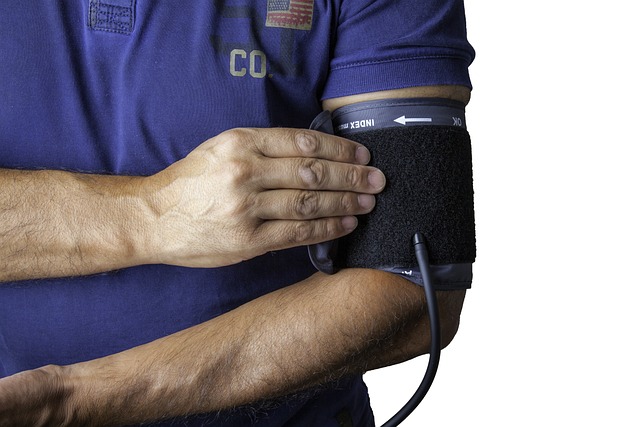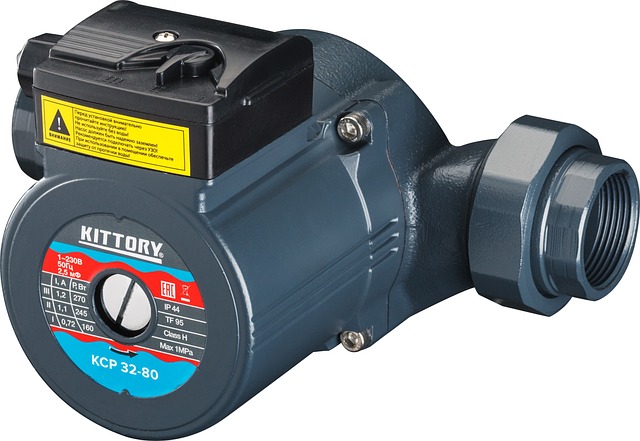Low water pressure can be tackled by systematically checking for and fixing issues like clogged aerators, leaky pipes, or an old water heater. For complex problems, consult a plumber. Implementing these steps, from visual inspections to consulting professionals, effectively increases water pressure at home, addressing symptoms like weak showers and sluggish faucets.
Struggling with low water pressure? You’re not alone. It’s a common issue that can frustrate homeowners and impact daily routines. Fortunately, identifying and fixing the root cause is often simpler than it seems. This guide will walk you through the process, from pinpointing issues like faulty pressure regulators or leaks to implementing effective solutions such as installing new fixtures or adjusting water volume. Discover how to boost your home’s water pressure and reclaim your shower experience!
- Identify the Root Cause of Low Pressure
- – Understanding common issues like faulty pressure regulator, leaks in pipes, or water supply limitations.
- – Recognizing symptoms such as weak shower streams, sluggish faucets, and low flush power.
Identify the Root Cause of Low Pressure

Low water pressure can be frustrating, but identifying and addressing the root cause is key to effectively increasing it. Start by checking your faucet aerators—buildup or damage can restrict water flow. Next, examine your pipes for any leaks or corrosion, as these issues can significantly reduce water pressure throughout your home.
If your water heater is the culprit, consider its age and settings. Older heaters may need replacement, while adjusting temperature settings can boost pressure. For more complex problems, like main line pressure issues or faulty valves, consult a professional plumber who can diagnose and fix problems specific to your plumbing system.
– Understanding common issues like faulty pressure regulator, leaks in pipes, or water supply limitations.

Low water pressure can be frustrating, but it’s often a fixable issue. Common culprits include faulty pressure regulators, which maintain the water pressure and can go haywire over time; leaks in pipes, both inside and outside your home, that waste precious water and decrease pressure; or limitations in your water supply, possibly due to aging infrastructure or high demand from neighboring properties.
If you suspect any of these issues, the first step is to identify them. Check for obvious signs of leaks around faucets, showerheads, and appliances. Inspect pipes visible inside and outside your home for corrosion or damage. And keep an eye on your water meter during periods of peak usage to see if it reflects a sudden drop in water flow. Once you’ve identified the problem, you can start troubleshooting and implement solutions like fixing leaks, replacing a pressure regulator, or exploring alternative water sources to increase your water pressure.
– Recognizing symptoms such as weak shower streams, sluggish faucets, and low flush power.

Low water pressure can be a frustrating issue, affecting your daily routines and making even simple tasks more challenging. Recognizing the symptoms is the first step to fixing it. One of the most noticeable signs is a weak shower stream—if you’re used to robust, invigorating showers, a thin, lackluster flow will be a stark contrast. This could also manifest as sluggish faucets, where water takes forever to build up in your sink or tub, making basic tasks like brushing your teeth or washing your hands less efficient. Additionally, low water pressure is evident in the power of your toilet’s flush; if it seems weak and incomplete, it could indicate a problem with water flow.
Once you’ve identified these symptoms, it’s time to consider how to increase water pressure. There are several potential causes, from leaks and clogs to outdated plumbing or faulty fixtures. Addressing these issues can significantly boost your water pressure, improving your overall shower and cleaning experience.
Low water pressure can be a frustrating issue, but identifying the root cause is the first step to increasing it. Whether it’s a faulty pressure regulator, leaks in your pipes, or limitations in your water supply, addressing these problems can restore your home’s water pressure effectively. By understanding the common causes and symptoms, you’re now equipped with the knowledge to make informed decisions and take the necessary actions to get that powerful shower flow back. Don’t let low water pressure keep you from enjoying your daily routines; it’s time to take control and fix it!
